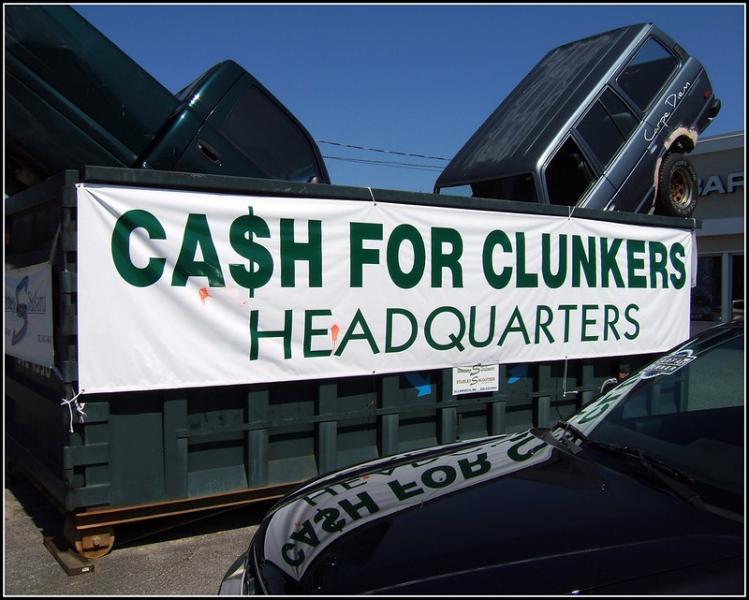
Joe Biden’s infrastructure plan calls for spending an eye-popping $454 billion of taxpayer funds to take 63 million gas-powered cars off the road over ten years.
The campaign’s plan states a Biden administration would back legislation authored by Senate Minority Leader Chuck Schumer (D-NY) and provide “consumers rebates to swap old, less-efficient vehicles for these newer American vehicles built from materials and parts sourced in the United States.”
According to a summary of the legislation, consumer rebates would account for $392 billion of the plan’s total spending. The rebates would start at $3,000 per individual and could only be used for a “plug-in electric, plug-in hybrid, or hydrogen fuel cell car.” Additionally, any gas-powered car traded in for a rebate “must be at least 8 years old and in driving condition” to qualify and each consumer would only be eligible to receive one voucher.
However, the impact of a $3,000 voucher would only have a limited impact on consumer behavior given the average cost of a new electric vehicle is currently $55,600. Under current law, consumers are eligible to receive a $7,500 federal tax credit for the purchase of EVs in addition to various state-level tax credits. Despite this, EVs are only projected to account for 3.75% of new vehicle sales and only 2% of the total vehicle fleet in 2020.
According to E&E News, the Biden-Schumer plan “contains echoes of “Cash for Clunkers,” a 2009 stimulus program unveiled by the Obama administration that many experts across the political spectrum view as a failure.”
The failure of Cash for Clunkers, which offered a vehicle rebate between $3,500-$4,500, is indeed widely viewed as a policy failure. A 2013 analysis conducted by the liberal Brookings Institute concluded that the “cost per ton of carbon dioxide reduced from the program suggests that the program was not a cost-effective way to reduce emissions.”
Brookings also found that the program only encouraged Americans to buy new vehicles that they would have bought anyway a few months later. This finding was backed up by an additional study from the National Bureau of Economic Research, which found “nearly 60 percent of the subsidies went to households who would have purchased during the two-month program anyway; the rest accelerated sales by no more than eight months. Moreover, the program’s fuel efficiency restrictions shifted purchases toward vehicles that cost on average $5,000 less. On net, Cash for Clunkers significantly reduced total new vehicle spending over the ten-month period.”
The Biden-Schumer plan is merely a massive expansion of the $3 billion failed Cash for Clunkers program. Now Biden is proposing a $400 billion version of the same disaster, offering a $3,000 taxpayer-funded bribe for consumers to trade in their current car that will actually decrease new vehicle spending.
In reality, the Biden campaign is adopting this plan to virtue signal to its wealthy-liberal donors in deep-blue states. Over 58% of the U.S.’s total EV sales occur in California and roughly 80% of current subsidies for EVs are paid to individuals with incomes of $100,000 or more per year.
Voters should learn from the past mistakes of Cash for Clunkers and reject Biden’s infrastructure plan.

